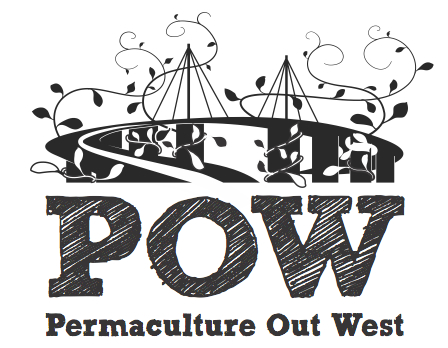Black wattle (acacia mearnsii) is a large evergreen shrub or small tree. It grows 6-10 metres, but at times attaining 15-25 metres with a spreading rounded crown. Open grown specimens often have mutiples branches and crooked trunk, but if grown in forest formation it will have a straight stem.
Black wattle is classified as an invasive species in non-native countries. As it’s native to Australia, it’s not classified as an invasive species here. The species is indigenous to southeasten Australia and Tasmania.
It’s grown extensively overseas as it’s a commercial source of tannin. Tannin is used in the production of soft leather. Australia doesn’t produce its own tannin, but gets it from South Africa. South Africa has extensive plantings of, you guessed it, black wattle.
It attracts birds, is fast growing and is fire retardant. It plays an important role in the Australian ecosystem. It’s classified as a pioneer plant as it binds the soil following bushfires. As it’s a leguminous plant, it fixes atmospheric nitrogen in the soil. The black wattle has bacterial nodules on its expansive root system, providing nitrogen to other woodland species and helping to naturally regenerate Australian bushland after fires.
The black wattle root system has a symbiotic relationship with mycorrhizal fungi. The fungi is eaten by marsupial animals, and the fungal spores are spread by the animal dropping to perpetuate the symbiotic relationship between the black wattle and mycorrhizal fungi.
The cracks and crevices in the wattle’s bark are home for many insects and invertebrates. Various grubs, such as wood moths make the black wattle bark their home and are eaten by the black cockatoo. In winter, insects, birds and marsupials feed on the nectar. In return the insects, birds and marsupials play an important predatory role in eating scarab beetles and other pasture pest that can cause tree die back.
Black wattles form the framework vegetation on so-called “Hill-topping” sites. They are often isolated remnant pockets of native vegetation amongst a lower sea of exotic pasture. These “Hill topping” sites are critical habitat for male butterflies to attract females for mating, which then lay their eggs under the wattle’s bark elsewhere but still within close proximity. It’s the only acceptable mating site in the area for these butterflies.
Black wattle flowers provide very nitrogen rich pollen with no nectar. They attract pollen-feeding birds such as our Wattle Birds, Yellow Throated Honey Eaters and New Holland Honey Eaters. The protein rich nectar in the leaf axials is very sustaining for nurturing the growth of juvenile nestlings and young invertebrates, e.g. ants.
The wood is hard but moderately easy to work and takes a good polish. It is used for house poles, mine timber, tool handles, cabinetwork, joinery, flooring, construction timber, matchwood, hardboard, and paper pulp. It is an excellent fuelwood and charcoal.
